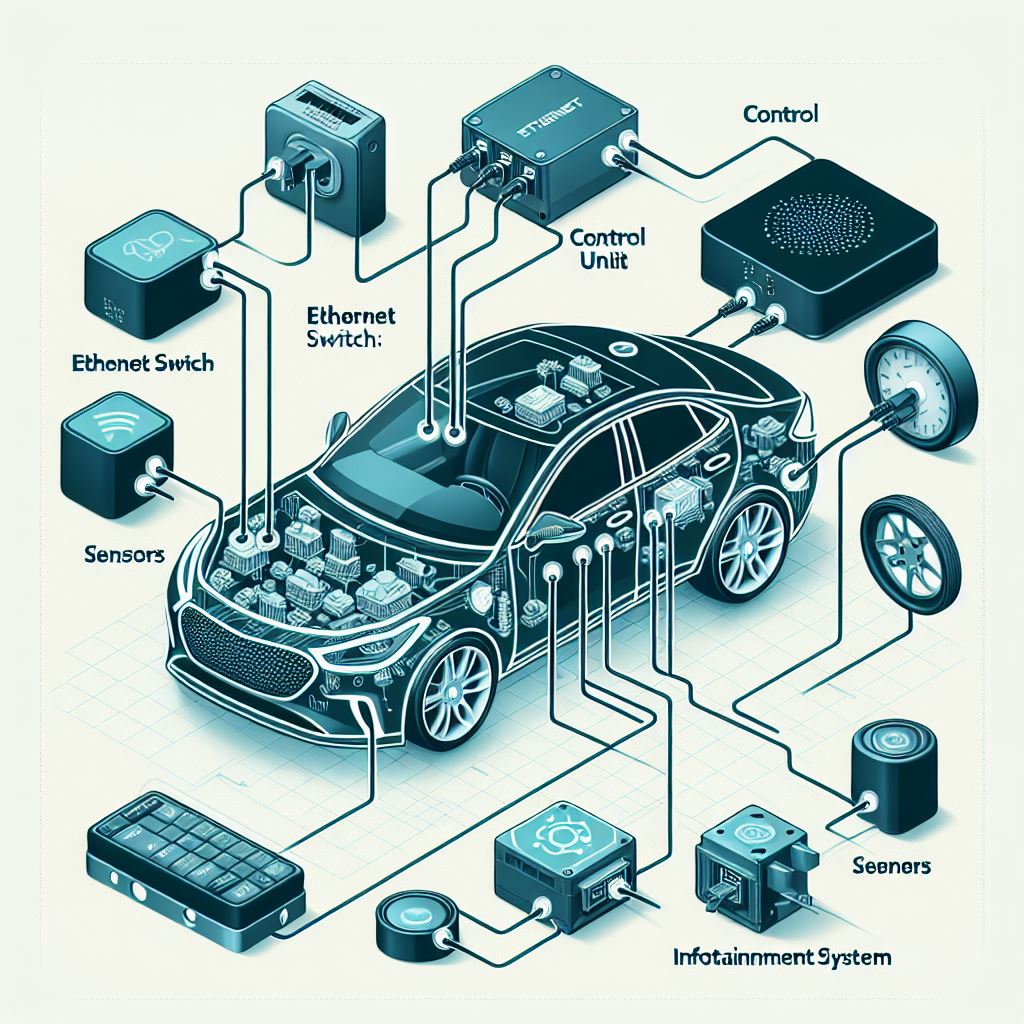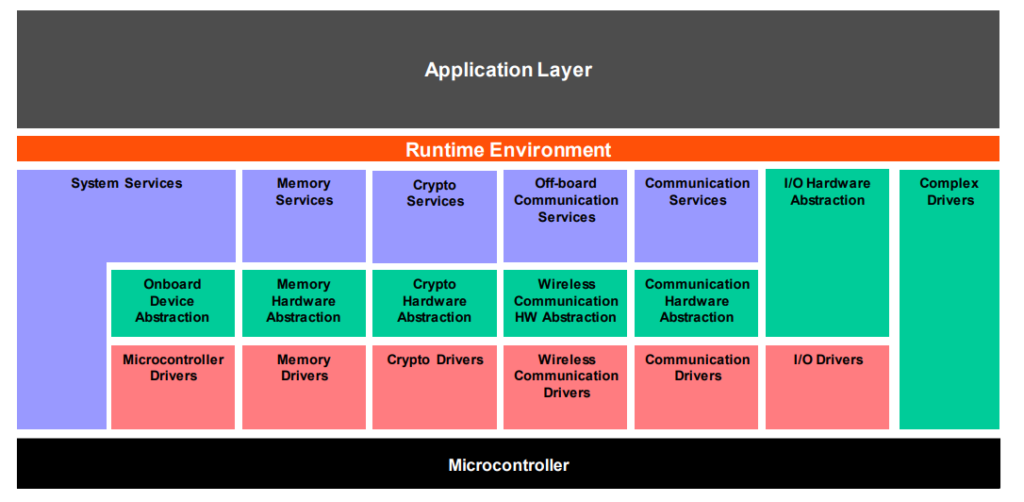The Growing Importance of Cybersecurity in Automotive Industry
With the rapid advancement of technology, the automotive industry is undergoing a digital transformation. Modern vehicles are no longer just mechanical systems but are increasingly integrated with complex software, sensors, and connectivity features. While this brings exciting new capabilities such as autonomous driving, enhanced infotainment systems, and vehicle-to-everything (V2X) communication, it also introduces significant cybersecurity risks. Ensuring robust cybersecurity in automobiles is critical not only for protecting personal data but also for safeguarding human lives, as cyber vulnerabilities can lead to catastrophic outcomes.






